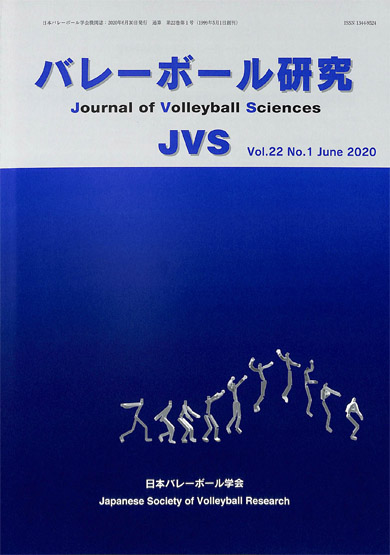Volume 1, Issue 1
Displaying 1-11 of 11 articles from this issue
- |<
- <
- 1
- >
- >|
Original Article
-
1999Volume 1Issue 1 Pages 1-8
Published: 1999
Released on J-STAGE: August 11, 2021
Download PDF (1627K) -
1999Volume 1Issue 1 Pages 9-15
Published: 1999
Released on J-STAGE: August 11, 2021
Download PDF (1596K) -
1999Volume 1Issue 1 Pages 16-20
Published: 1999
Released on J-STAGE: August 11, 2021
Download PDF (985K) -
1999Volume 1Issue 1 Pages 21-25
Published: 1999
Released on J-STAGE: August 11, 2021
Download PDF (1496K)
Research Material
-
1999Volume 1Issue 1 Pages 27-32
Published: 1999
Released on J-STAGE: August 11, 2021
Download PDF (827K) -
1999Volume 1Issue 1 Pages 33-43
Published: 1999
Released on J-STAGE: August 11, 2021
Download PDF (2191K) -
1999Volume 1Issue 1 Pages 44-53
Published: 1999
Released on J-STAGE: August 11, 2021
Download PDF (1351K) -
1999Volume 1Issue 1 Pages 54-60
Published: 1999
Released on J-STAGE: August 11, 2021
Download PDF (937K)
Report
-
1999Volume 1Issue 1 Pages 61-62
Published: 1999
Released on J-STAGE: August 11, 2021
Download PDF (479K) -
1999Volume 1Issue 1 Pages 63-68
Published: 1999
Released on J-STAGE: August 11, 2021
Download PDF (1028K) -
1999Volume 1Issue 1 Pages 69-72
Published: 1999
Released on J-STAGE: August 11, 2021
Download PDF (683K)
- |<
- <
- 1
- >
- >|
